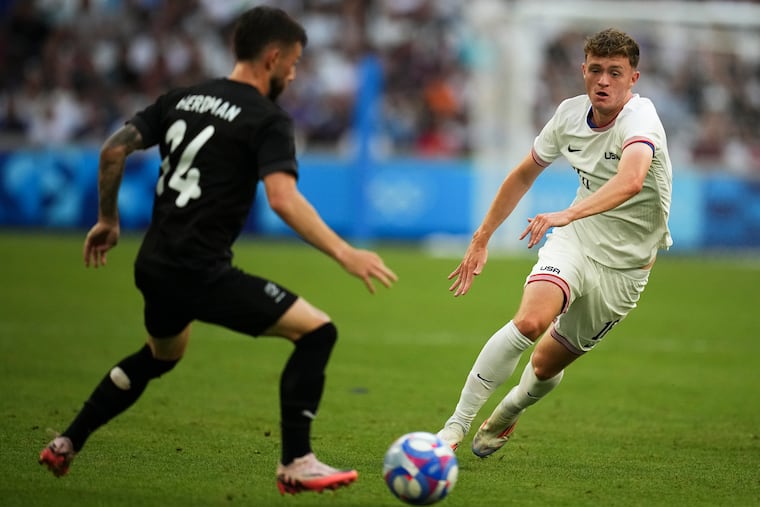Jack McGlynn and Nathan Harriel bring lessons from the Olympics back to the Union
“You see some of the top talents and how it is across the world," McGlynn said, knowing that his goals could include not just the Union but foreign clubs he could play for in the future.
